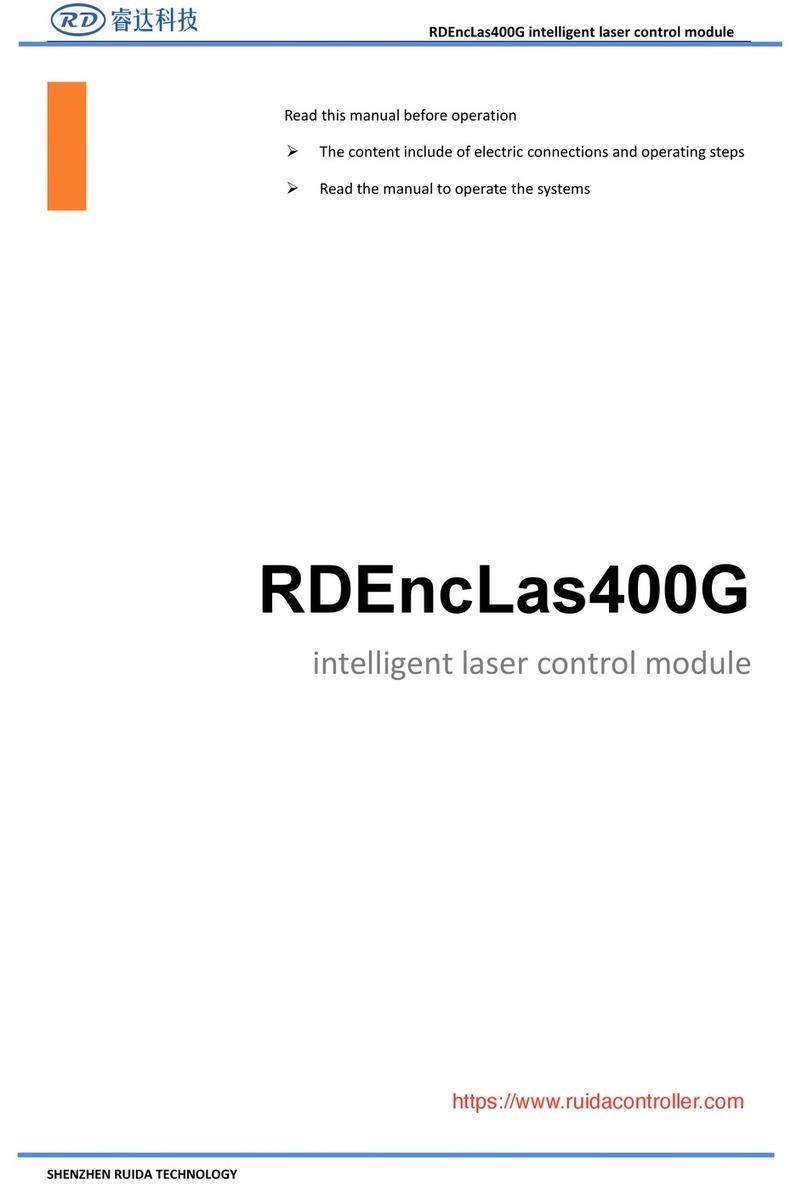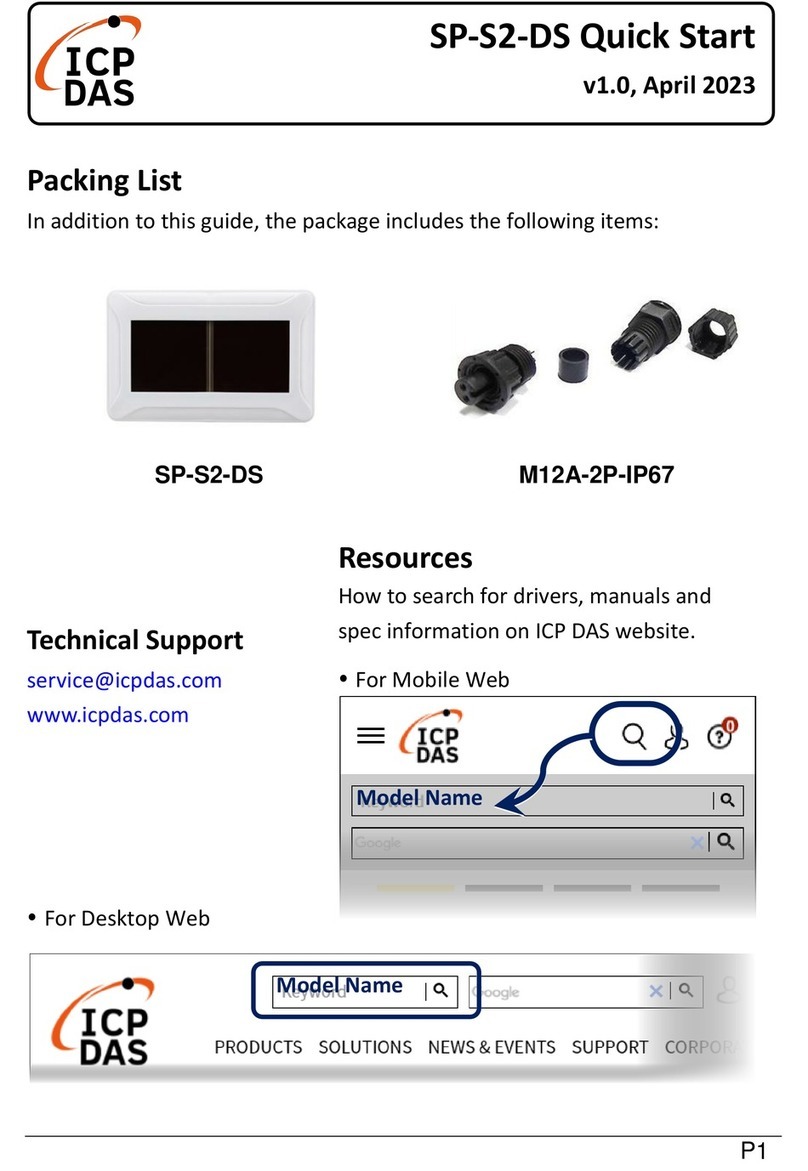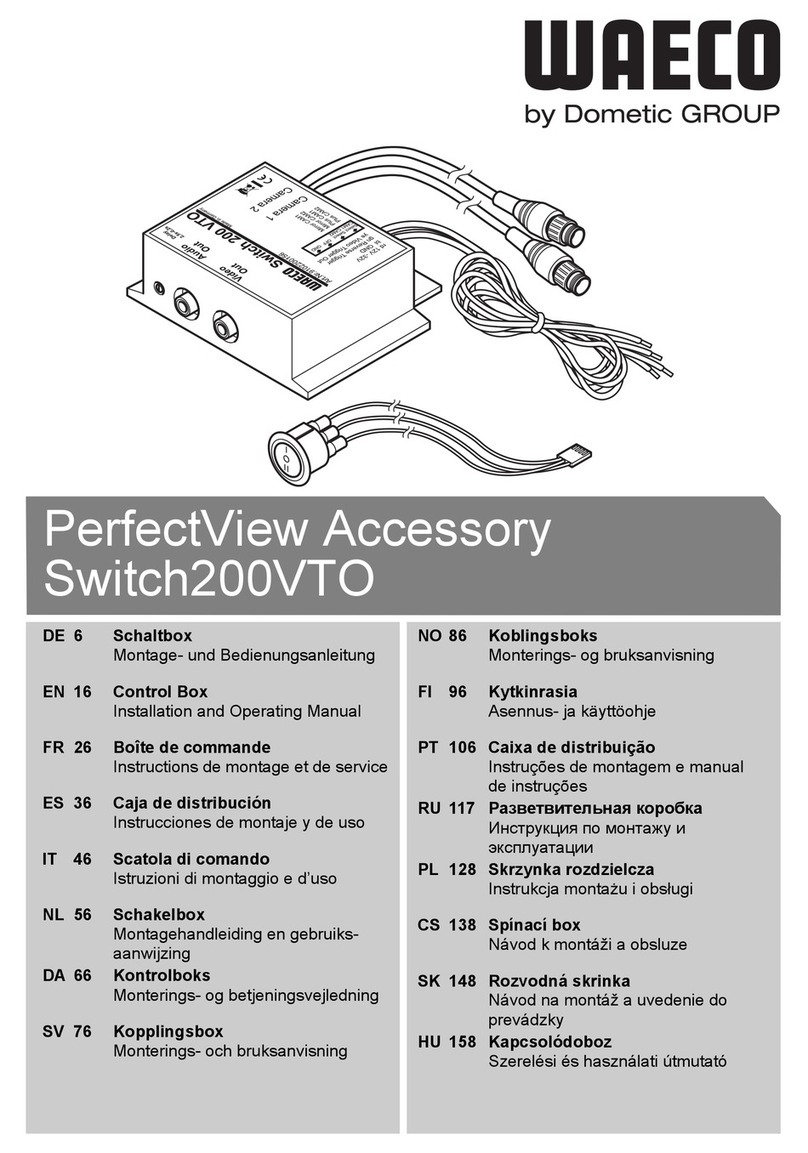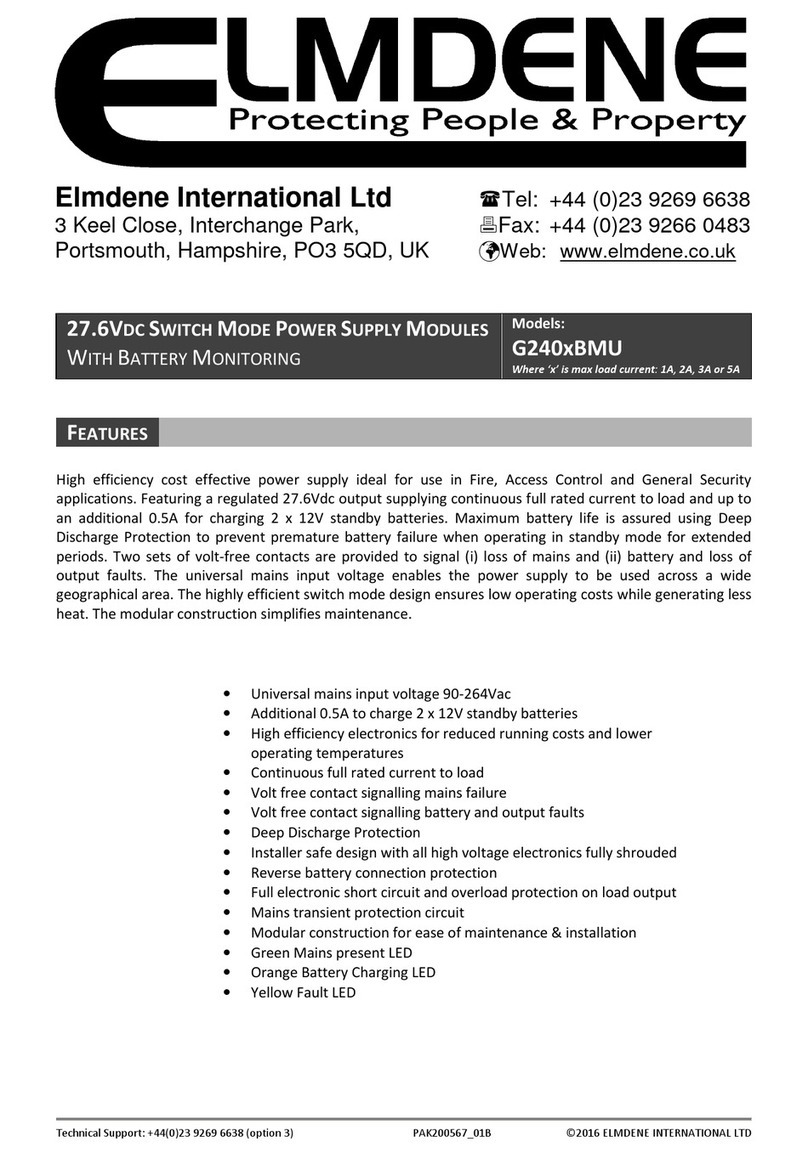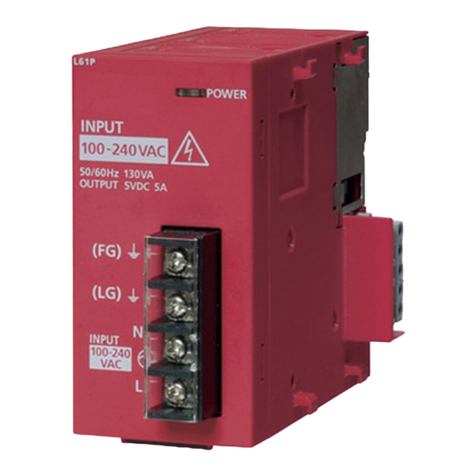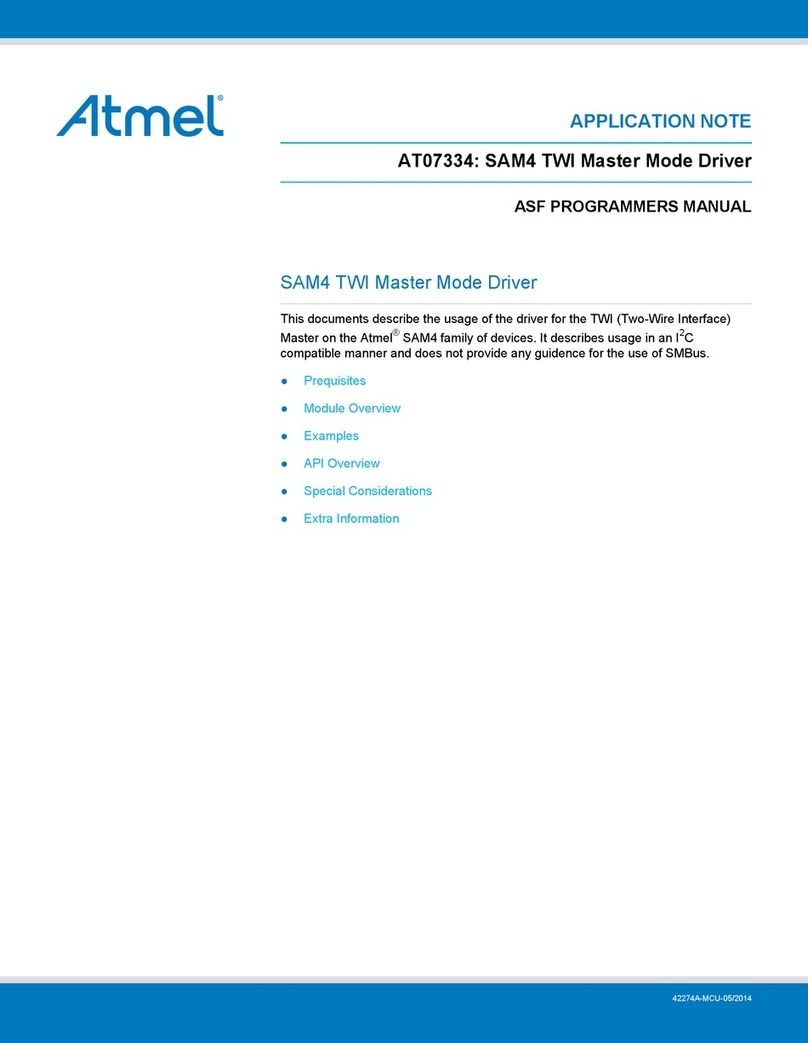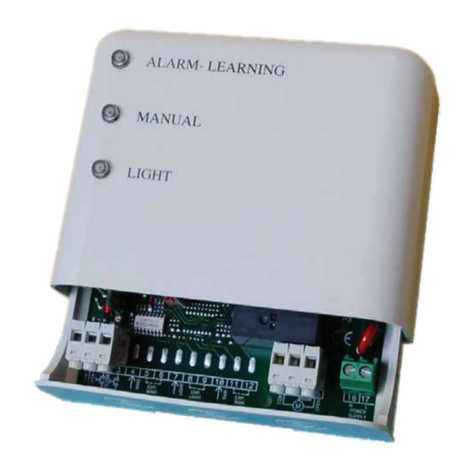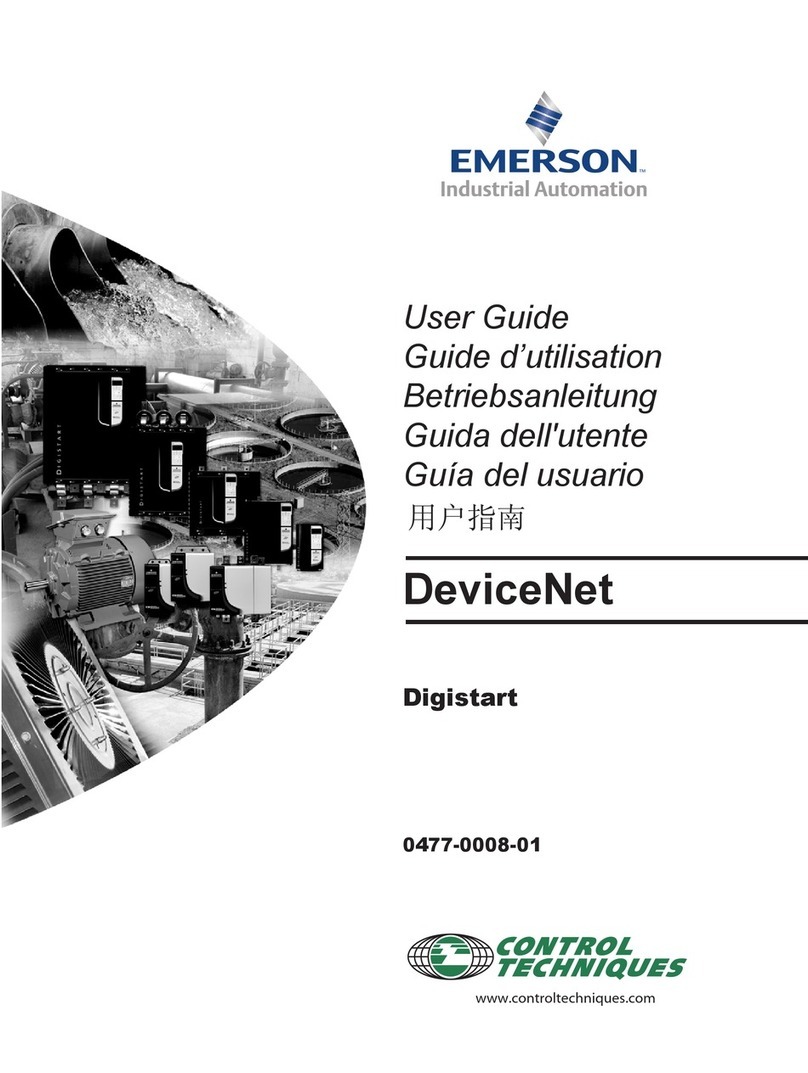Bike Sport Developments Blip Box-Pro User manual

Bike Sport Developments Ltd
Tel 0044 (0)1327 263942 –
mail@bikesportdevelopments.co.uk / www.bikesportdevelopments.co.uk
Manual revision 09, 07/11/2015
1
Bike Sport Developments Ltd
Unit 3D Manor Business park, Grants Hill way, Woodford Halse, Northants, NN11 3UB - UK
Tel: 0044 (0)1327 263942
Copyright –Bike Sport Developments Ltd - 2015
Yamaha R1 –2015 onwards
Clutch-Free shifting……Perfected
Fitted in under an hour
No ECU re-flash
Can be used in all power modes and adjusts the BLIP response automatically.
All existing bike systems, and sensors are retained
Integrates with the bike CAN bus.
No error codes on the dash when plugged in.
A single high quality load cell replaces the existing up-shift switch for use with shift and blip
functions with fully programmable load set points.
Supplied with a BLIP-Map for your bike but also fully re-programmable to suit different rider,
tracks, gear ratios, and foot rest hardware
System may be re-programmed or adjusted by the additional USB interface and the WinBLIP
software. Sold as a separate part.
Machined aluminium housing with fully sealed electronics and high specification ‘plug n play’
wiring, no wiring modifications needed.
Designed and made in the UK by Bike Sport Developments Ltd
How it works –The Yamaha R1uses a Ride By Wire system with sensors to read the twist grip % telling
the ECU what the rider wants, and electric motors on the throttles carry this out. Between these 2 devices
sits the ECU with maps and control strategies to make the bike safe and easier to ride in a wide range of
conditions.
Blip-Box reads signals from the twist grip sensors and data from the CAN bus and at the appropriate foot
pressure from the rider it creates a BLIP on the throttle which releases the pressure on the gearbox
allowing a perfect smooth back shift. Like a quick shifter, but in reverse.
Download the software, drivers and PDF manuals at
www.bikesportdevelopments.co.uk/blipbox

Bike Sport Developments Ltd
Tel 0044 (0)1327 263942 –
mail@bikesportdevelopments.co.uk / www.bikesportdevelopments.co.uk
Manual revision 09, 07/11/2015
2
Bike Sport Developments Ltd
Unit 3D Manor Business park, Grants Hill way, Woodford Halse, Northants, NN11 3UB - UK
Tel: 0044 (0)1327 263942
Copyright –Bike Sport Developments Ltd - 2015
Important rider notes
Must be read and understood by all riders…
Blip will be activated under these conditions:
oRPM is higher than 3000
oRear wheel speed is higher than 30kmh
oThrottle grip is closed (less than 3%, engine slowing down)
oClutch is OUT (disabled when rider pulls in the clutch)
oThe time since the last blip must have been exceeded (0.35seconds)
oThere are no Blip Box diagnostics active (flashing LED)
oFoot pressure is applied by the rider
The BLIP disengages the gearbox very much like a quick shifter in reverse, but your foot pressure
makes the gear shift, so make a positive movement just like you would when using the clutch.
For riders who use the slipper clutch excessively you may need to extend the primary BLIP duration to
give more time to close the clutch and make the gearbox reversal. Use WinBLIP software or consult
your dealer.
Never force the lever, the BLIP should make it smooth and easy. If you suspect the gear is not fully
engaged, pull in the clutch and check in a normal way.
Never try to make a clutch-free downshift while accelerating (like dropping a gear to overtake). In this
case the BLIP system will not work.
After each downshift blip, release the lever pressure to re-arm it for the next gear Blip change.
IMPORTANT –When first plugged in you will see the LED blinking an error code for 30 seconds. This is perfectly normal
during the installation because the CAN connector provides permanent power to the module, and at this stage the bike is not
switched ON so the module cannot read some of the inputs correctly. The module also enters a self-calibration mode which lasts
approx. 20 seconds.
When the ignition is eventually switched ON this warning will go away and will not come back unless there is a real problem (refer
to blink code diagnostic section of the manual)
IMPORTANT –During the initial power ON self-calibration the load cell Mv is automatically adjusted to 2.5v to correct for any
sensor drift. For this reason it is very important that there is no load applied by your foot or by ‘sticking’ linkages at the power On
stage. If you suspect that the load cell is out of calibration, turn OFF the ignition switch and wait 1 minute for a complete power
shutdown, then turn back on to re-start the self-calibration.
IMPORTANT –Follow the wire routing exactly as described in the manual to avoid problems with signal interference.
Preparation
1. Turn off the ignition switch
2. Remove the seat.
3. Remove the battery cover plate
4. Remove the fuel tank
5. Remove the air box upper and lower sections to expose the throttle bodies

Bike Sport Developments Ltd
Tel 0044 (0)1327 263942 –
mail@bikesportdevelopments.co.uk / www.bikesportdevelopments.co.uk
Manual revision 09, 07/11/2015
3
Bike Sport Developments Ltd
Unit 3D Manor Business park, Grants Hill way, Woodford Halse, Northants, NN11 3UB - UK
Tel: 0044 (0)1327 263942
Copyright –Bike Sport Developments Ltd - 2015
Load cell fitting
1. Remove the standard shifter switch and disconnect it from the bike wiring loom.
2. Measure the total length of the standard shift rod (between centres), this will allow you to re-make the new shift rod
assembly to the same length and give you the same shift lever height –Standard ‘centre to centre’distance is 258mm
3. Remove both the upper and lower rod ends and the rubber shrouds from the standard shifter assembly.
a. The Lower rod end and nut are left hand thread, this is re-used at the TOP on the new load cell
b. The upper rod end and nut are right hand thread, this is re-used
at the BOTTOM end of the new 150mm extension rod.
4. The extension rod is 150mm in length and suits a standard foot rest
system.
5. Adjust the new load cell shift rod to be the same length as the original
via the upper or lower rod end adjusters making sure that there is always
10mm of thread used.
6. During assembly NEVER apply spanner force to both sides of the shift
load cell when tightening lock nuts. This will cause twisting and damage
to the load cell that is not covered by warranty.
7. Use Loctite 243 (or similar thread retainer) to ensure lock nuts do not
come loose during use.
Standard gear Lever arm –pointing forwards
The lever layout shown in this image is standard for road-shift with the
lever pointing forwards.
Without any load on the sensor the voltage should be 2.5v. Note that
even if the real voltage drifts over time the system self-calibrates at
power ON to shift this back to 2.5v internally even if a multi-meter shows
an error.
The system has a maximum self-calibration of +/- 0.5v, beyond this the
sensor is considered to be permanently damaged.
Stretching (PULL) the load cell (up-shift) has a typical set point of 2100
mV, a change of 0.4v.
Compressing (PUSH) the load cell creates a higher voltage with the
default BLIP threshold at 2850Mv , a change of 0.35v
Your system is normally supplied with the load cell direction set to suit your bike, but if not, it can be changed in the Win Blip
software as described below, or by simply loading one of the Blip maps with ‘REV’ in the map name for Reverse direction.
Connect all systems and wiring as normal and turn on the bike, wait for 20 seconds for start-up auto-calibration LED to
stop flashing on the module.
Connect WinBlip and use the View Data (live data) screen to see the Mv of the load cell (it should be 2500 at rest)
Pull UP on the lever (upshift) until you feel the gear selector start to move and note the Mv at this point.
Push down up on the lever (downshift) until you feel the gear selector start to move and note the Mv at this point.
Open a normal Blip map for your bike and edit the Mv thresholds for the UP and DOWN shifts, then SEND to the bike
Re-check these new thresholds using the Led on the box and the icons within the live data screen to check the direction
is correct.
The load cell components are all supplied loose enabling custom length installation to be made with ease. The load cell should be
fitted with A at the top so the cable points upwards.
A = Left hand thread
B = Right hand thread
C = Right hand thread
The shift rod length is set to suit a bike with standard linkage arrangement. If you need a longer or shorter rod the standard
150mm rod may be replaced or modified before it is fitted to the load cell. Both ends of this standard rod Care M6x1 with right
hand threads.
150mm
Fit with Loctite 243
A
B

Bike Sport Developments Ltd
Tel 0044 (0)1327 263942 –
mail@bikesportdevelopments.co.uk / www.bikesportdevelopments.co.uk
Manual revision 09, 07/11/2015
4
Bike Sport Developments Ltd
Unit 3D Manor Business park, Grants Hill way, Woodford Halse, Northants, NN11 3UB - UK
Tel: 0044 (0)1327 263942
Copyright –Bike Sport Developments Ltd - 2015
Shift linkages explained.
The standard linkage is
shown to the left
In this layout the sensor will
PULL to create an up-shift
In the race pattern shift
layout shown on the right
the sensor will PUSH to
create an upshift.
Typical values for standard
shift pattern
Up shift –2100Mv
Blip shift –2850Mv
Typical values for race shift
pattern
Up shift –2900Mv
Blip shift –2150Mv
UP -Shift
DOWN-Shift
PULL =UP shift (reducing voltage)
PUSH= Down shift (rising voltage)
A
B
UP -Shift
DOWN-Shift
PULL =Down shift (reducing voltage)
PUSH= Up shift (rising voltage)
A
B
STANDARDSHIFT RACE SHIFT
Note that the Mv values seen in these examples may be different to the maps you have been given, all maps are under constant
development.

Bike Sport Developments Ltd
Tel 0044 (0)1327 263942 –
mail@bikesportdevelopments.co.uk / www.bikesportdevelopments.co.uk
Manual revision 09, 07/11/2015
5
Bike Sport Developments Ltd
Unit 3D Manor Business park, Grants Hill way, Woodford Halse, Northants, NN11 3UB - UK
Tel: 0044 (0)1327 263942
Copyright –Bike Sport Developments Ltd - 2015
Wiring layout and installation
A –Main blip box 12 way connector (rear of bike)
B –3 way white connector for the load cell (blue band)
C –2 way white connector for up-shift output to the bike loom (left side near the front sprocket)
D –4 way black connector (socket contacts) for the throttle twist grip signals of the throttle body (under air box)
E –4 way black connector (pin contacts) for the twist grip output signals feeding into the bike loom (under air box)
F –4 way white connector (pin contacts) for linking to the CAN bus diagnostic port under the seat (under seat)
G –4 way white connector (socket contacts) as a continuation of the CAN bus for use with the Blip Box programming cable or
any other CAN device such as a data logger (under seat)
Important note –Connector F will be live as soon as it is connected, so connect this last.
blue band
Yellowband
12
34
1 2
3 4
PINS
SOCKETS
1 2
4 3 2 1
BDW1608_01
SOCKETS
PINS
A
B
C
D
E
F
G

Bike Sport Developments Ltd
Tel 0044 (0)1327 263942 –
mail@bikesportdevelopments.co.uk / www.bikesportdevelopments.co.uk
Manual revision 09, 07/11/2015
6
Bike Sport Developments Ltd
Unit 3D Manor Business park, Grants Hill way, Woodford Halse, Northants, NN11 3UB - UK
Tel: 0044 (0)1327 263942
Copyright –Bike Sport Developments Ltd - 2015
After the air-box has been removed you
will see the throttle body assembly as
shown in the photo.
Disconnect the throttle grip sensor ringed
in blue and use connectors Dand Eto
bridge between the loom and sensor. See
note -2 below
Secure the wires using a cable tie so they
cannot become tangled in the throttle
cables.
The wire routing is highlighted in green and
runs under the air pressure sensor along
the left side of the bike. Note that it helps to
temporarily disconnect the air pressure
sensor and throttle motor when routing the
Blip Box wiring.
Use cable ties as necessary to retain the
wiring.
Note –2
IMPORTANT –Connector E is 3D printed
and due to production tolerances on the
latch it should be secured with a cable-tie
across the 2 connectors to ensure it cannot
come apart. –See image 2 at right inside
the blue ring.
You can now re-fit the airbox.
Use the main wiring as a guide and route
the Blip Box loom along the left hand side.
The Up-Shift output connector Cheads
downwards and mates up with the
standard bike loom shifter connector.
This connector is located in a large rubber
shroud.
This image also shows the routing of the
load cell sensor wire in blue as it runs
alongside the main wiring loom. But this
will be fitted later.
When the final wiring installation is
complete take your time to secure any
loose cables with cable ties.
Note cable
tie to hold
loose wires

Bike Sport Developments Ltd
Tel 0044 (0)1327 263942 –
mail@bikesportdevelopments.co.uk / www.bikesportdevelopments.co.uk
Manual revision 09, 07/11/2015
7
Bike Sport Developments Ltd
Unit 3D Manor Business park, Grants Hill way, Woodford Halse, Northants, NN11 3UB - UK
Tel: 0044 (0)1327 263942
Copyright –Bike Sport Developments Ltd - 2015
Continue along the left side and cross over to the
right side in front of the battery as seen by the green
trace line.
The connection for the load cell is from the blue
trace and sits alongside the ABD pump.
For clarity the fuel tank support has been removed.
The Blip Box module rests inside the rear of the sub
frame alongside the exhaust valve motor. The kit
contains strips of foam rubber to isolate from
vibration, but mainly to hold the component in place.
Remove the rubber shroud from the CAN bus
connector (ringed in blue) and re-fit this to connector
G of the Blip Box loom.
Not re-fit connector G to the original mounting post.
This just leaves the final connection to ‘power up’
the system when you connect F to the bike CAN
connector.
At this stage you will see the red LED switch on and
start to blink a ‘2 x blink’code for 30 seconds and is
perfectly normal even with the ignition switch off.
See notes in the next section to learn more about
the LED functions.

Bike Sport Developments Ltd
Tel 0044 (0)1327 263942 –
mail@bikesportdevelopments.co.uk / www.bikesportdevelopments.co.uk
Manual revision 09, 07/11/2015
8
Bike Sport Developments Ltd
Unit 3D Manor Business park, Grants Hill way, Woodford Halse, Northants, NN11 3UB - UK
Tel: 0044 (0)1327 263942
Copyright –Bike Sport Developments Ltd - 2015
System ‘power up’ and first use.
IMPORTANT –When first plugged in (ignition switch OFF) you will see this sequence of LED events because the Blip Box
module is getting power from the rear CAN connector but all bike systems such as the ECU are OFF.
1. LED is solid ON for 2 seconds to indicate power up
2. LED blinks twice to indicate a diagnostic state relating to the throttle grip. This is because the ECU is still OFF and the
signals the Blip Box reads are invalid.
3. During this time the Blip Box is looking for CAN data from the ECU.
4. After 30 seconds of no CAN activity the Blip Box will automatically turn itself off and all LED activity will cease.
5. The system is now waiting for you to turn on the ignition in a normal way.
Normal Power on sequence if the bike has been switched OFF for at least 30 seconds. When you turn ON the ignition:
1. LED is solid ON for 2 seconds to indicate power up
2. LED blinks twice to indicate the start of self-calibration.
3. LED blinks 3 times for approximately 6-7 seconds (3 events of triple blink) , module is self-calibrating and is perfectly
normal
4. LED turns off and will now only activate when the load cell threshold is reached for UP or DOWN shift, or there is a
problem.
Normal Power on sequence if the bike has been switched OFF for less than 30 seconds. When you turn ON the ignition.
1. In this case the Blip Box module never actually turned off so there are no LED indicators or self-calibration
Normal ignition OFF sequence
1. First you will hear the main bike relay click off.
2. Blip Box will display a 2 x blink error code as the throttle grip signals go out of range when the ECU turns off.
3. The CAN data from the ECU also stops when you turn off the ignition so Blip Box goes to sleep after 30 seconds of no
CAN activity.
4. At this point the LED diagnostic activity also stops.
Summary of activation conditions for the Blip and shift system to work normally.
System not to be in a diagnostic state / bypass mode
Load cell to have exceeded threashold Mv
The inhibit time must have been exceeded since previous shift –Default is 0.35seconds
The load cell must have returned to it’s resting Mv before another blip can occur, remember to take your foot off the
lever between shifts.
Engine must be above minimum RPM –Default is 3000rpm
Throttle grip must be lower than threshold (therefore closed) –Default is 3%
Rear wheel speed must be above minimum –Default is 30kmh
Clutch switch must be out (clutch not pulled in). Note that the system is designed not to BLIP if the clutch is pulled in but
due to the delay in Blip Box getting the clutch signal over the CAN bus it is very likely that users with a fast ‘clutch / shift’
action can beat the system and still get a blip even when using the clucth.
Summary of activation conditions : Up-Shift output
System not to be in a diagnostic state / bypass mode
Load cell to have exceeded the Mv threashold
The load cell must have returned to it’s resting Mv before another blip can occur, remember to take your foot off the
lever between shifts.
The inhibit time must have been exceeded –for up-shift

Bike Sport Developments Ltd
Tel 0044 (0)1327 263942 –
mail@bikesportdevelopments.co.uk / www.bikesportdevelopments.co.uk
Manual revision 09, 07/11/2015
9
Bike Sport Developments Ltd
Unit 3D Manor Business park, Grants Hill way, Woodford Halse, Northants, NN11 3UB - UK
Tel: 0044 (0)1327 263942
Copyright –Bike Sport Developments Ltd - 2015
System diagnostics - The red LED is also used as a ‘blink code’ to indicate potential problems with the system, wiring or
sensors.
No LED at ignition switch ON
Check CAN connection at rear of the bike
Inspect wiring
Disconnect other non-standard CAN devices and try again
LED on for 2 seconds at ignition switch ON,
then light off
Normal operation
1 blink > short gap
Internal error –contact manufacturer
2 blinks > short gap
Throttle grip input(s) out of normal range:
Grip signal IN 1 range is 0.72 > 4.11v
Grip signal IN 2 range is 4.32 > 0.92v
Check grip connector
Check wiring
If wiring is all OK we suggest you plug the grip directly into the bike
look and see if the same diagnostics are shown on the bike.
Potentially a twist grip failure.
See power up notes on previous page.
3 blinks > short gap
Throttle grip output is out of range
Grip signal OUT 1 or 2 range is 0.4 > 4.5v
Check grip connector
Check wiring
If wiring is OK and there is no diagnostic for the Grip Inputs signals
it suggest a damaged sensor
Note –This diagnostic is also used for the self-calibration at power
ON and lasts approximately 20 seconds.
4 blinks > short gap
Battery voltage out of range
8.5v to 16.5v
5 blinks > short gap
Load cell error - If less than 1.5v or greater than 3.5v for longer than 1.2
seconds
In this diagnostic condition the Blip and Upshift is disabled until the
sensor is back in range
Pin 1 is the 5v power from pin 7 of the Blip box
Check the signal (pin 2) is at 2.5v unloaded.
Pin 3 is ground from pin 11 of the Blip box
If all wiring checks out OK, replace the sensor
6 blinks > short gap
Load cell is out of normal range at power on. The normal value is 2.5v
without any load and this diagnostic will trigger if the sensor is less than 2.0v
or greater than 3.0v (at power on)
Pin 1 is the 5v power from pin 7 of the Blip box
Check the signal (pin 2) is at 2.5v unloaded.
Pin 3 is ground from pin 11 of the Blip box
If all wiring checks out OK, replace the sensor
7 blinks > short gap
More than 5% difference between IN and OUT voltages for input 1
Possible twist grip damage
Possible 5v sensor supply problem
Possible module damage
8 blinks > short gap
More than 5% difference between IN and OUT voltages for input 2
Possible twist grip damage
Possible 5v sensor supply problem
Possible module damage

Bike Sport Developments Ltd
Tel 0044 (0)1327 263942 –
mail@bikesportdevelopments.co.uk / www.bikesportdevelopments.co.uk
Manual revision 09, 07/11/2015
10
Bike Sport Developments Ltd
Unit 3D Manor Business park, Grants Hill way, Woodford Halse, Northants, NN11 3UB - UK
Tel: 0044 (0)1327 263942
Copyright –Bike Sport Developments Ltd - 2015
Download the software, drivers and PDF manuals at
www.bikesportdevelopments.co.uk/blipbox
WinBLIP software –Installation
Download the Win Blip software at www.bikesportdevelopments.co.uk/Blipbox
1. Double click your download selection and look at the lower left of your screen to see when the download is complete.
You may have a waring then ‘some downloads may harm your computer’ just change this to Keep,
not Discard.
2. Double click this Blip Box setup.exe at the lower left to start the installation process.
3. You can choose to keep the default install folder or change to one you prefer.
4. When complete you will have a new folder on your PC containing the software, blip map library and
the USB drivers for the PC cable BB-UCIF. There will also be Blip Box icon on your desktop.
5. From time to time there will be re-releases of the Blip map library, these can be downloaded
separately from the web page given above.
When you first run the software it will look like this:

Bike Sport Developments Ltd
Tel 0044 (0)1327 263942 –
mail@bikesportdevelopments.co.uk / www.bikesportdevelopments.co.uk
Manual revision 09, 07/11/2015
11
Bike Sport Developments Ltd
Unit 3D Manor Business park, Grants Hill way, Woodford Halse, Northants, NN11 3UB - UK
Tel: 0044 (0)1327 263942
Copyright –Bike Sport Developments Ltd - 2015
USB –PC interface device BB-UCIF
1. PC operating systems from Windows 7 to Windows 10 are OK
to use. If you have an older PC with XP then please Email us
for specific drivers.
2. Download and install the latest USB drivers at
www.bikesportdevelopments.co.uk/blipbox , even if your PC is
news and the COM port says it is working correctly, it may not
be fully updated.
a. The download is a zip file that you should copy to
any location on your C drive.
b. Now look in that folder and un-zip the new drivers to
leave you with an exe file
c. Double click the exe file to run the new driver
installation.
d. Re-start your PC.
3. Now plug in the USB adapter and wait for up to a minute
(sometimes 2) for the drivers to install correctly.
4. Open the Control Panel , then look for the System icon , then
Device Manager to view this window:
This icon shows that the USB adapter is installed and working but it is
still worth checking that the drivers have updated. Simply ‘right click’
this COM line and select ‘update driver’
Let the PC search automatically and if no updates are found then all is OK.
Look at the COM number that has been allocated and make a note of this as it will be used in the WinBLIP software. In this
example it is COM6
Note also that you may get a different COM number if using different USB ports on your PC, so try to use the same one each
time.
Open WinBLIP and go to Setup / COM settings from the upper menu
It should look like this with the Baud Rate at 38400 and the COM line set to the
one you noted in the Device manager.
If it does not, then use the pull down arrows to change things.
Then press OK
You should now have communication.

Bike Sport Developments Ltd
Tel 0044 (0)1327 263942 –
mail@bikesportdevelopments.co.uk / www.bikesportdevelopments.co.uk
Manual revision 09, 07/11/2015
12
Bike Sport Developments Ltd
Unit 3D Manor Business park, Grants Hill way, Woodford Halse, Northants, NN11 3UB - UK
Tel: 0044 (0)1327 263942
Copyright –Bike Sport Developments Ltd - 2015
WinBLIP - Files
The system is supplied with multiple base files that are split into folders specific to each bike and also the direction of the load
cell.
From the File / Open menu locate the Blip maps folder and select the appropriate base file.
.
1. This function is used to swap the load cell input over to a ‘switch’ input from the clutch for users who prefer not to use
the load cell. It will however be necessary to change both the wiring and blip targets.
2. These values control the activation threshold for the Load Cell
a. Blip threshold Mv –above this the blip is triggered. Note the 50Mv hysteresis so it would be 2850 ON and 2800
OFF. (example values only)
b. Up shift threshold Mv –below this the blip is triggered. Note the 50Mv hysteresis so it would be 2200 ON and
2250 OFF (example values only)
c. The signals must also be above the threshold for longer than the 10mSec validation time.
3. The Blip Box generates a ‘switch output’ signal to replicate the original shifter switch on the R1, this is routed back into
the ECU via the original shifter connector.
a. Most of the shifter controls are still maintained within the ECU as before but to avoid signal errors the Blip Box
will generate a perfect signal lasting at least the latch time (default 200mSec) and avoid any other signals from
the load cell for (default 400 mSec). Both of these can be adjusted but it is not normally necessary.
4. These parameters inhibit the Blip function
a. The throttle grip must be lower than 3%, this is fixed to avoid incorrect use.
b. RPM must be above 3000
c. Rear wheel speed must be above 30kmh
d. There is a minimum time since the last blip request (from foot pressure) , default is 0.35 seconds
e. There is also these hidden inhibits:
i. Clutch pulled in removes blip. If this sensor is bypassed and shorted together you will not get a blip.
ii. Bike is already in 1st gear or Neutral
iii. Blip box has an active diagnostic (blinking LED)
iv. Foot pressure has not been removed since the last blip
1
2
3
4
4
6
5
6
7
8
9

Bike Sport Developments Ltd
Tel 0044 (0)1327 263942 –
mail@bikesportdevelopments.co.uk / www.bikesportdevelopments.co.uk
Manual revision 09, 07/11/2015
13
Bike Sport Developments Ltd
Unit 3D Manor Business park, Grants Hill way, Woodford Halse, Northants, NN11 3UB - UK
Tel: 0044 (0)1327 263942
Copyright –Bike Sport Developments Ltd - 2015
5. Blip settings. The BLIP values are in % of twist grip (not engine throttle) and as the relationship between the twist grip
and the engine changes depending on which power mode and gear you are in, the settings are equally adjustable.
a. There are 3 rows of BLIP values with the first column covering all RPMs up to 4000, the next up to 5000 etc.
b. In the base map we supply the Blip % targets have been created to match these power modes
i. Row 1 is applied when you select Power 1
ii. Row 2 is applied when you select Power 2
iii. Row 3 is applied when you select Power 3 or Power 4, but the values in the map are designed for use
with Power 4
c. If you ride in power mode 3 then you may need to adjust these values to suit.
6. The ‘Gear Shift BLIP gain’ is a multiplier applied to the base BLIP values, This enables a higher blip value in lower
gears. Example a Gain of 110 would multiple the BLIP value by 1.10 (10% extra)
7. BLIP Hold –This is the primary BLIP duration and will be of a height equal to the BLIP value from the table x the BLIP
GEAR Gain (explained in 6 above)
a. The primary blip is short and fast to rapidly raise the engine RPM and disengage the gearbox pressure from
braking to accelerating.
b. There is then a ‘post blip’ with a height of x
% (parameter 8) of the primary blip and
continuing on for xmSec (parameter 9). This
keeps the RPM sufficiently high after the blip
to match the RPM of the next gear selected.
c. The image at the right shows the 2 stages of
BLIP and the perfectly matched RPM values.
d. You can also see the 2 stages of the blip in
the middle data trace called GRIP_ECU

Bike Sport Developments Ltd
Tel 0044 (0)1327 263942 –
mail@bikesportdevelopments.co.uk / www.bikesportdevelopments.co.uk
Manual revision 09, 07/11/2015
14
Bike Sport Developments Ltd
Unit 3D Manor Business park, Grants Hill way, Woodford Halse, Northants, NN11 3UB - UK
Tel: 0044 (0)1327 263942
Copyright –Bike Sport Developments Ltd - 2015
WinBLIP - View Data
From the upper menu select BLIP / View data to get the following live data screen.
1. Firmware version of the Blip Box module
2. File name currently loaded into the module
3. These icons will light up when the voltage thresholds are exceeded for UP and DOWN shift
4. These icons will light up if either the front or rear brake is applied, or the clutch (note that clutch icon will be active also if
the bike is in neutral)
5. These icons will light up if the BLIP is currently inhibited by one or more reasons
6. Live data:
a. Throttle grip 1 –Input Mv
b. Throttle grip 2 –Input Mv
c. Load cell –Mv
d. Load cell offset (self calibration adjustment after power ON)
e. Engine power mode 1 > 4
f. Engine RPM
g. TPS (Throttle grip %)
h. GEAR (0 is neutral)
i. Rear wheel speed in kmh
7. These icons will light up if one of the diagnostic (flashing LED) is active.
8. Restart –system re-start, not normally needed by the user. Used in case of power sleep mode and bench testing.
WinBLIP - Send new configuration to the module
1. First ensure you have loaded the correct file for your bike and
hardware installation.
2. From the upper menu, select BLIP, Edit Cfg to show the BLIP
Settings window see here.
3. Make sure the bike ignition is switched ON
4. Press the SEND button.
5. The BLIP Settings window will close and the main screen will show
the status of the transmission and a bar graph at the lower edge.
6. You will get an OK message when finished (about 5 seconds to
transmit)
1
2
3
4
5
6
7
3
4
5
6
7

Bike Sport Developments Ltd
Tel 0044 (0)1327 263942 –
mail@bikesportdevelopments.co.uk / www.bikesportdevelopments.co.uk
Manual revision 09, 07/11/2015
15
Bike Sport Developments Ltd
Unit 3D Manor Business park, Grants Hill way, Woodford Halse, Northants, NN11 3UB - UK
Tel: 0044 (0)1327 263942
Copyright –Bike Sport Developments Ltd - 2015
WinBLIP - Firmware update
Should it ever be necessary to update the module internal firmware. First turn on the bike ignition, then from the upper menu
select Codeload / Run sequence and browse for the CodeLoadMCB.cmd file. Double click this file and the load procedure will
begin.
Remember to load the BLIP map file after any module re-flash.
This system is intended for off-highway performance use only. It is not certified for use ‘on the road’
Application : Yamaha R1 2015 onwards
Components
Part No.
Qty
Blip Box control module (version C onwards)
BBM-C
1
Main wiring loom
BDW1607_03
1
Shift load cell –520mm cable / 1000Nm (female) threads
BD-PO-78-07B
1
M6 x 35mm RH thread stud
8103
1
Shift rod extension –150mm (RH threads)
BDD1611_01
1
200mm x 3mm thin cable tie for throttle grip connector
1113
3
Foam rubber strip –100mm (in 2 pieces)
1114
2
Miscellaneous Components
Qty
Printed manual
1
Blip Box stickers
4
BB –UCIF_YAM
Ordered separately

Bike Sport Developments Ltd
Tel 0044 (0)1327 263942 –
mail@bikesportdevelopments.co.uk / www.bikesportdevelopments.co.uk
Manual revision 09, 07/11/2015
16
Bike Sport Developments Ltd
Unit 3D Manor Business park, Grants Hill way, Woodford Halse, Northants, NN11 3UB - UK
Tel: 0044 (0)1327 263942
Copyright –Bike Sport Developments Ltd - 2015
Bike Sport Developments Ltd
Unit 3D Manor Business Park,
Grants Hill way, Woodford Halse,
Northants, NN11 3UB - UK
Tel: 0044 (0)1327 263942
www.bikesportdevelopments.co.uk
Download the software, drivers and PDF manuals at
www.bikesportdevelopments.co.uk/blipbox
This manual suits for next models
1
Popular Control Unit manuals by other brands
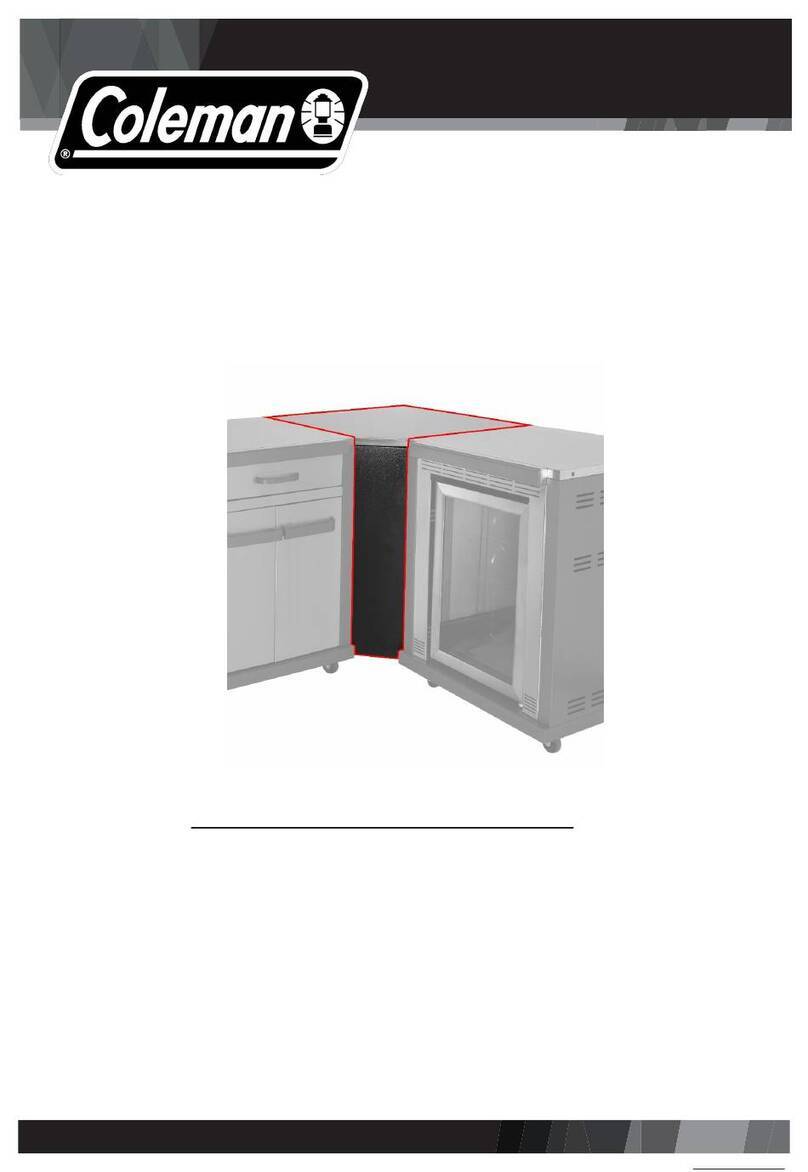
Coleman
Coleman REVOLUTION REVCOGL Assembly manual

aguilera
aguilera AE/SA-M Technical manual
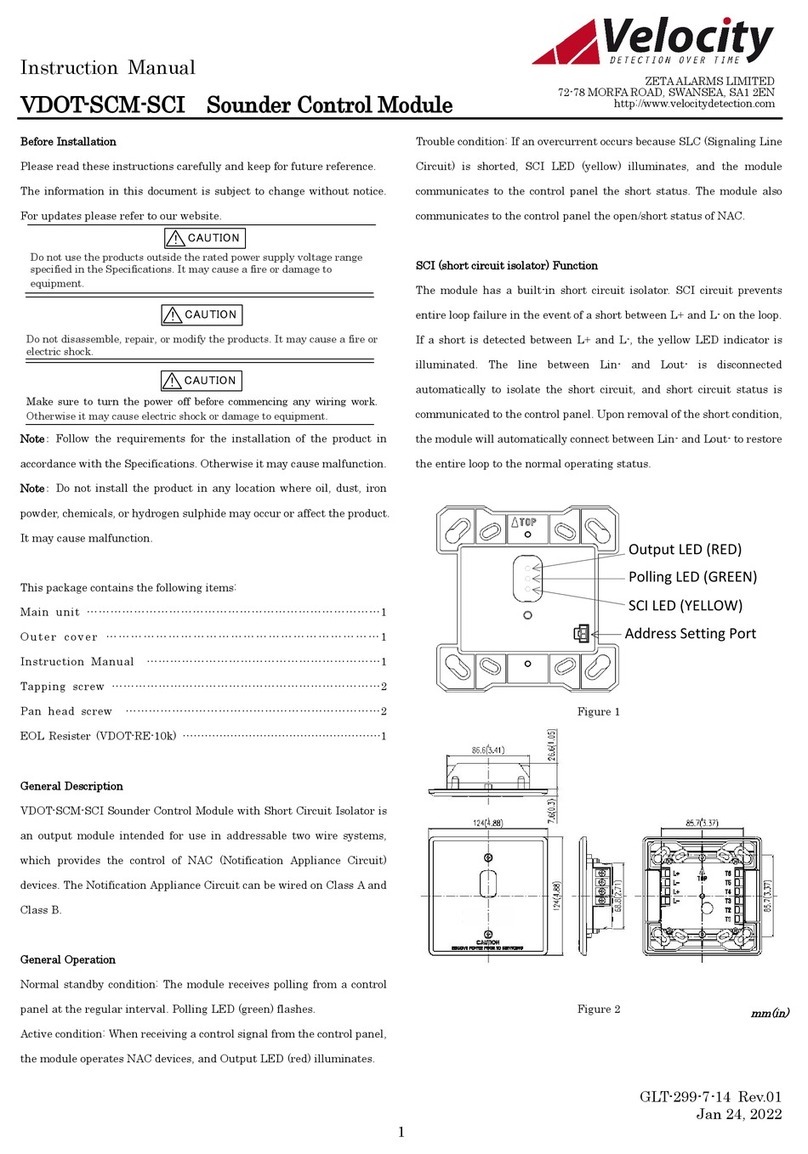
Velocity
Velocity VDOT-SCM-SCI instruction manual
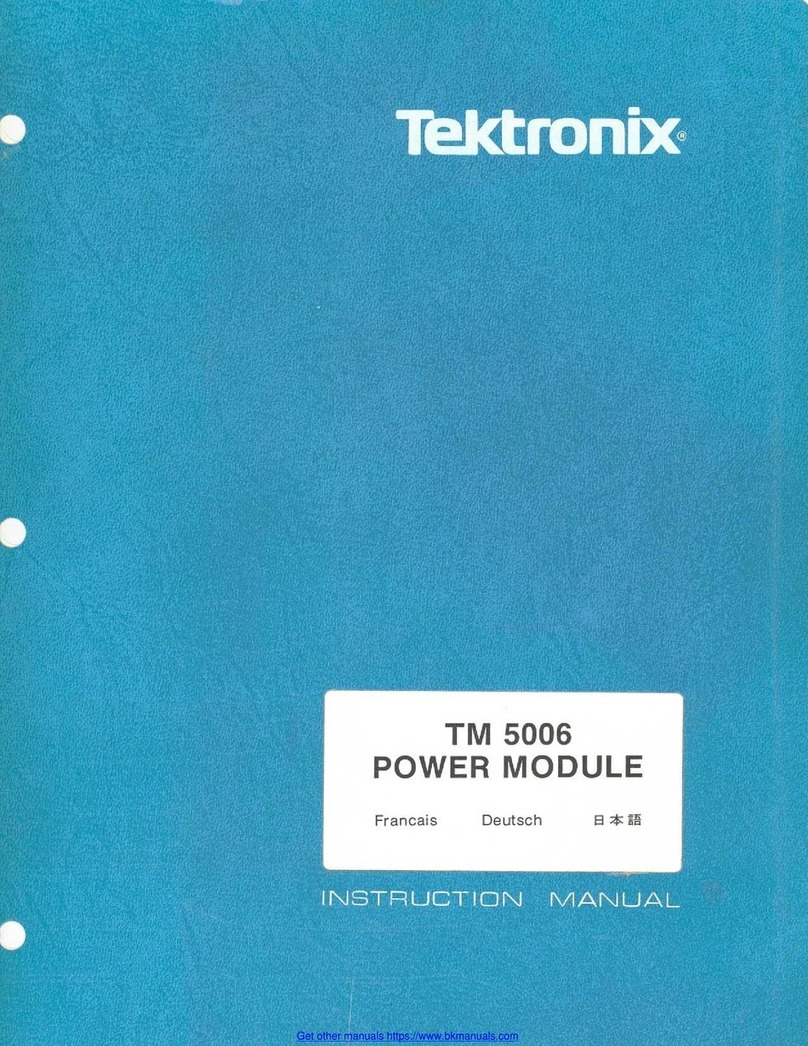
Tektronix
Tektronix TM 5006 instruction manual
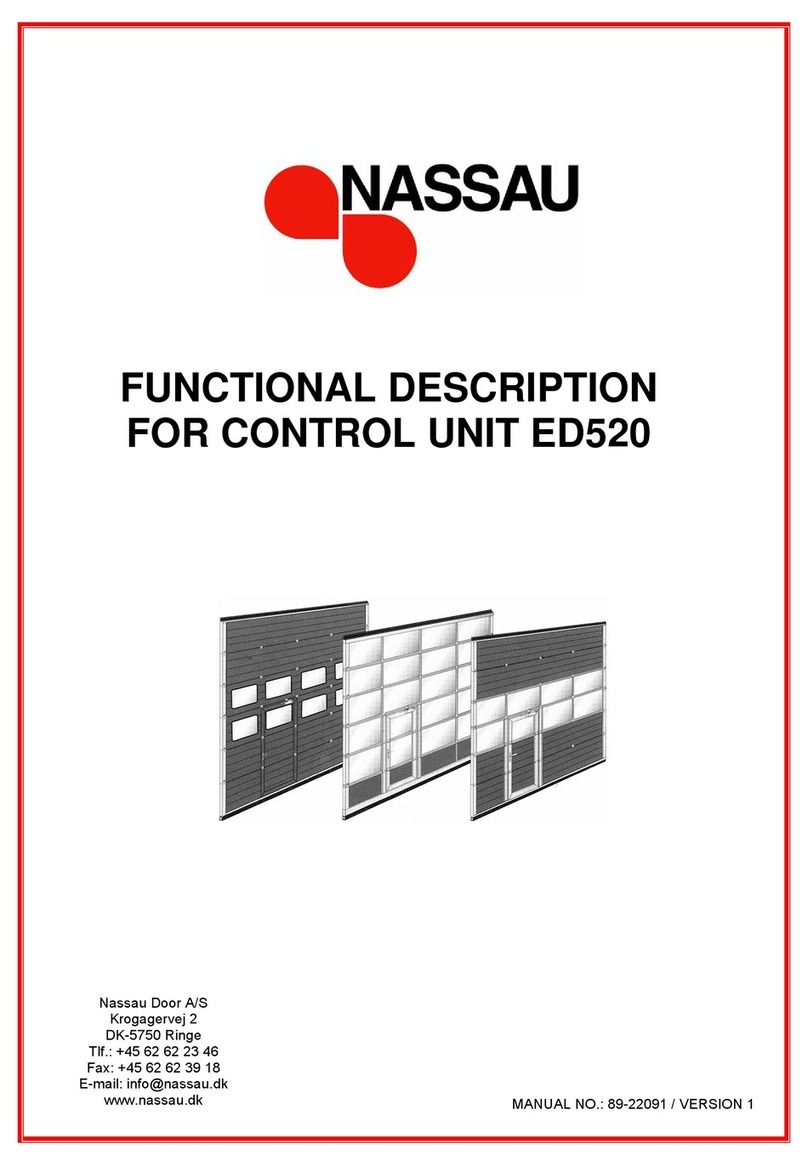
NASSAU
NASSAU ED520 Functional description

Vestamatic
Vestamatic Rolltec Plus 500 Installation and operating instructions

